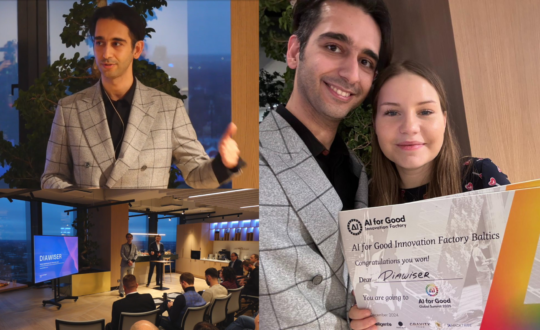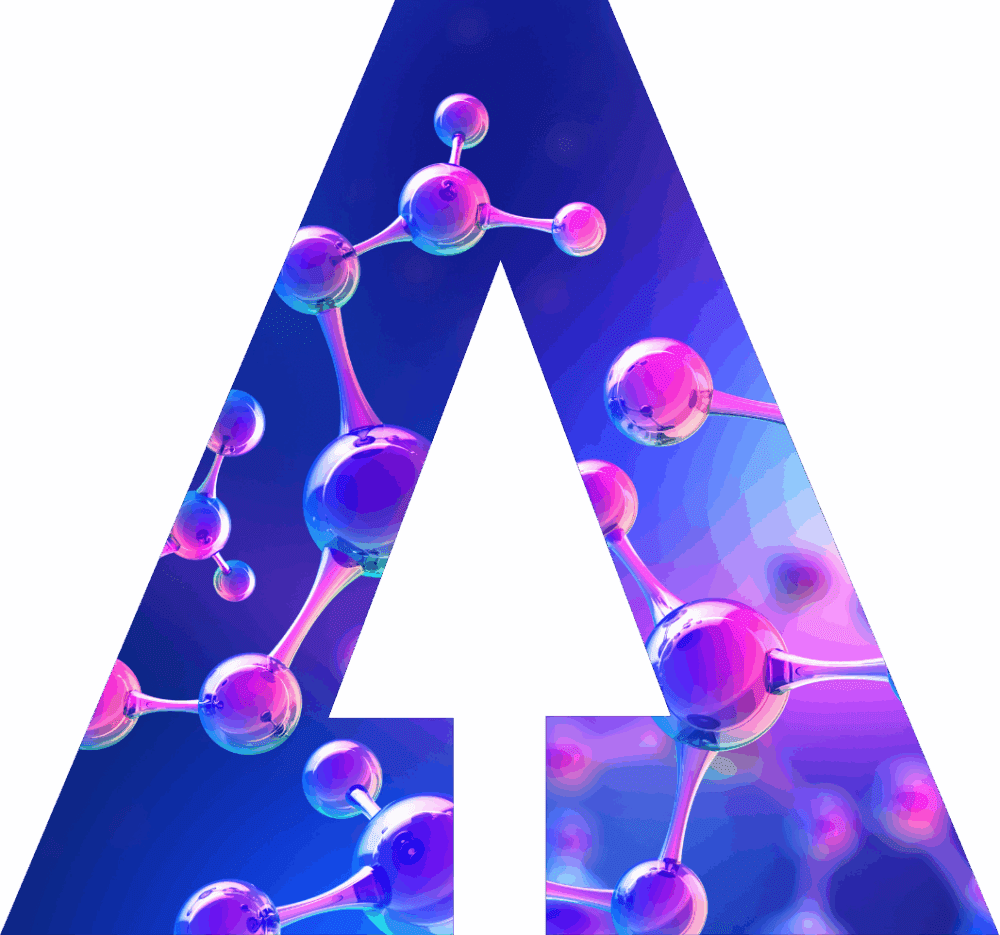The 2023 edition of the AI for Good Global Summit will take place in Geneva, 6-7 July. Over 40 cutting-edge robots are gearing up to take part in the Robotics for Good exhibition, which will show the potential of autonomous robots to drive progress towards the United Nations’ Sustainable Development Goals (SDGs).
In this series of blog posts, we will be introducing some of the robots attending the Summit and explain how they are contributing to the SDGs.
Episode 3: Assistive Robots
Assistive robots are designed to help people with disabilities or limitations in their daily activities. These robots can support people with tasks such as mobility, communication, and self-care, among others. There are different types of assistive robotic devices, each designed to address specific needs and challenges. Their common objective is to help to overcome barriers that people with certain impairments face, giving them newfound opportunities to approach their daily lives with confidence and autonomy.
We are excited to introduce you to seven assistive robotic technologies that will be presented at the upcoming 2023 AI for Good Global Summit.
Transforming the future with assistive robotic devices
The RELab Tenoexo is a wearable robotic hand orthosis developed at the Rehabilitation Engineering Laboratory (RELab) of ETH Zurich. The lightweight and user-friendly design is tailored to assist individuals with sensorimotor hand impairment in opening and closing their hands. Its physical attachment systems, grasp types, and intention detection strategies such as pushbuttons, voice control, and mobile phone applications allow for customization based on individual user needs. RELab aims to restore hand function with a single device throughout different phases of rehabilitation. A pediatric version of the robotic hand can be used in therapy with children.
Another healthcare device developed by RELab is the ReHandyBot – a cutting-edge table-top robotic device specifically designed to assist and aid in the hand function following neurological impairment. ReHandyBot is equipped with two active degrees of freedom that enable the training of grasping and pronosupination of the forearm. A virtual reality interface provides an interactive platform for users to engage in exercise and manipulation objects using instrumented finger pads that stimulate the mechanical properties of the objects. ReHandyBot’s user-friendly interface allows for independent use by patients, making it an excellent complement to traditional hand therapy.
iReCHeCk is a project undertaken by the EPFL CHILI Lab that is revolutionizing the way children acquire handwriting skills. Through learning by teaching, children are animated to help the robot advance its writing skills. As they guide the robot, they simultaneously practice their own handwriting. This both increases the children’s self-esteem and encourages them to engage more deeply with the learning experience, in addition to supporting the development of metacognitive skills. The robot also monitors the children’s learning process, helping therapists and teachers effectively evaluate progress.
Haru is a social robot designed by the Honda Research Institute that can communicate emotions and investigate long-term interaction, cooperation, and creativity through empathetic engagement. Developed to connect with children from all over the world, Haru facilitates their interaction through self-expression, open discussion and community sharing activities. This puts children in touch with values such as diversity, understanding and acceptance. The Honda Research Institute is collaborating with a team of multidisciplinary partners to make Haru a valuable tool for creating stronger and more inclusive communities.
The QT robot project at Indiana University Bloomington aims to guide older people towards a new sense of purpose by providing them with an opportunity to build interpersonal relationships, conduct meaningful everyday activities and participate in society. The researchers are using a commercially available robotic platform called the QT robot and customizing its capabilities and recommendations based on personalized perception models developed through co-design sessions with older adults. The project furthermore has the potential to benefit family and formal caregivers.
Buddy is an endearing emotional robot developed by Blue Frog Robotics. It has the ability to naturally express a range of emotions which helps him in assisting, entertaining and educating people of any age. This social robot can both be a tool for students to learn in new innovative ways as it can watch over elderly people and keep them from feeling isolated. It also supports autistic children in creating social links between people and has already been deployed in thousands of schools across France. As an open and scalable platform with its development tools, Buddy is a companion with incredible potential.
Furhat is an advanced social robot designed by Furhat Robotics. This highly adaptable robot allows for customization of its face design, ethnicity, gender, language and even species, enabling users to create lifelike and expressive characters for a variety of purposes at an affordable price. Running on the Furhat Software conversational operating system, the robot employs cutting-edge technologies in speech recognition, computer vision, speech synthesis, animation, and dialogue management to deliver a highly interactive and engaging experience. In addition, every Furhat robot comes with a Software Development Kit, which includes a suite of powerful tools for creating, deploying, and analyzing applications.
Assistive robots supporting the SDGs
One of the ways in which assistive robotic devices can contribute to the SDGs is by improving the health and well-being of people with disabilities and thereby strongly supporting SDG 3. In addition to conventional therapy, the ReHandyBot can accelerate the speed and success in which patients are able to regain their sensorimotor function. The RELab Tenoexo is particularly useful for patients recovering from a spinal cord injury, showing immediate functional benefits when used. Especially regarding the execution of daily tasks, both of those devices can allow patients to live more independently and with greater dignity. The option to utilize them in unsupervised rehabilitation may furthermore reduce the burden on healthcare providers and increase therapy dose across different environments. By improving older adults’ sense of purpose and ability to form meaningful relationship, the QT robot can reduce feelings of isolation and loneliness. The Buddy robot can support the elderly by providing companionship, cognitive stimulation, and assistance with daily activities, which can improve their overall health and wellbeing. This could potentially prevent negative health outcomes associated with social isolation, depression, and cognitive decline.
In addition, robots such as Buddy, iReCHeCk, Furhat, and Haru can greatly contribute to SDG 4: Quality Education. Haru has the possibility to advance SGD 4 by facilitating children’s interaction through self-expression, open discussion, and community sharing activities, which enhances their social and emotional learning and teaches them essential values. Furhat can be used to enhance learning experiences and promote interactivity in the classroom. The robot’s customizable features and advanced conversational abilities can help to improve language learning, speech therapy, and special education programs. Furthermore, Buddy can help to provide children with a more engaging and interactive learning experience, using its educational programming and interactive features. iReCHeCk also provides an interactive and hands-on learning experience for children, significantly increasing students’ interest and engagement and thereby leading to quality education. By offering customized learning styles that cater to the individual students’ needs and abilities, this robotic device can help to ensure that education stays inclusive and leveled.
This, in turn, can positively influence the achievement of SGD 10: Reduced Inequalities. The use of these robotic devices leads to faster recovery and better integration of individuals with certain health or age limitations, enabling them to fully participate in society and daily activities. This not only benefits their physical well-being but also their mental state and overall results in reduced inequality among individuals. Thus, robots such as the QT robot, Haru or RELab’s healthcare devices can contribute to a more equitable and inclusive society.
In conclusion, assistive robots hold great potential to contribute to the achievement of several SDGs, particularly in improving the health and well-being of people with disabilities, enhancing the quality of education, and reducing inequalities. As technology advances and more innovative assistive robotic devices are developed, it is important to continue exploring their potential in contributing to the achievement of the SDGs.
Register for the AI for Good Global Summit to meet and interact with the assistive robotic devices and its creators.
Watch our Global Summit video: https://youtu.be/qKU3VgvcxNA























